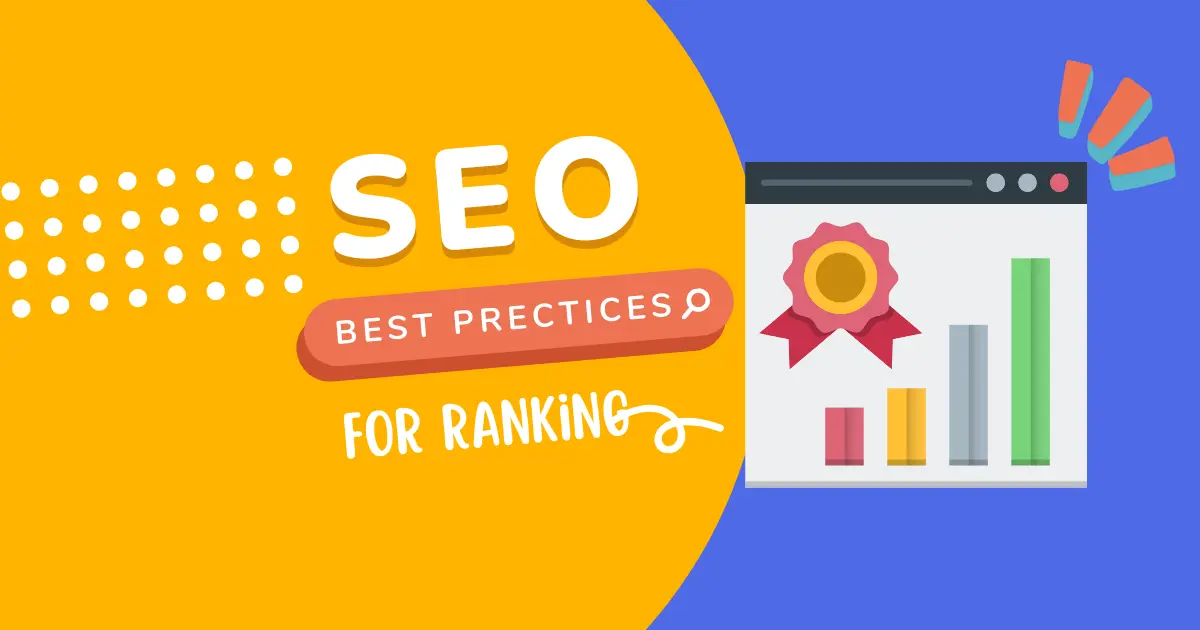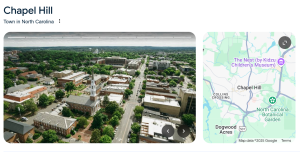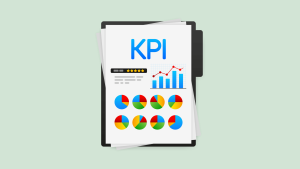When you discuss SEO best practices, white hat SEO and black hat SEO are two terms that you will hear a lot.
White hat techniques are those that help give your website goodwill in the eyes of search engines through good practices.
Black hat techniques are basically the opposite. When you try cheap gimmicks to fool the search engine, you create ethical concerns and risk getting penalized by search engines.
1. Keyword Placement:
When you have a good set of keywords, it is natural to want to use them more often to get traction for your content.
You already know not to overdo it but you must also make sure that the main keyword is placed at the top of the content. This is because Google likes to see high-value keywords right on top, like in the first line.
2. Search Intent
Then there is the term called search or user intent which analyzes the reason behind each user query.
This is Google’s priority because when they know why a user wants to know something, they can find the websites that answer the question with those parameters in mind.
So, if you want to be on the first search results page, this is what you need to crack as well.
3. Page Speed
The speed at which your web page loads is not just a matter of convenience for your user but also an important SEO practice.
This wasn’t always the case but in today’s market, if you have a slow-loading page, your users will run like they are on fire.
Search engines don’t like recommending such pages to their users.
4. Use HTTPS
If you did not know it already, HTTPS makes your web page more secure. This is because the data exchange between the server and the user is encrypted when your website is secured with the HTTPS protocol.
You can verify this by looking at the URL in the loading bar of the • browser and seeing if there is a lock icon there.
5. Avoid Duplicate Content:
I have mentioned this briefly when talking about keeping the content on your website unique.
But this is what Google looks for. It says very clearly that the website should not have duplicate or near-duplicate content on different pages of your website.
6. Optimize Your Images:
Adding images is a great way to break textual content on a page. But if they are not optimized, they will take forever to load and even slow down the overall page speed.
This brings you back to a bad user experience. You have certainly spent a lot of time picking the right images for the content you created.
7. Insert Relevant Hyperlinks:
I have discussed link building wherein other websites link to your content. But you might also want to think about doing the same.
It is normal to think that it might drive traffic away from your page. But it is an integral part of SEO strategy.
When you link back to authority pages that have relevant information and are trustworthy, you give the visitor good information.
This makes your website a place of valuable and quality information and helps with ranking.
8. Use Your Keyword Research:
You know that this is an important part of making sure your website gets visibility with a search engine.
You want to create content that is consumed and for that, you need to use the words that your customers and potential customers are using to find your products and services.
9. The Google Search Console:
This is a great way to understand how your site is performing on the search engine results page.
This is like a dashboard for your website and is incredibly helpful with SEO. It comes with many features like reports on three of the most critical factors.
• Performance
• Enhancement:
• Coverage:
10. Long-Form Content:
This has gone out of fashion because people aren’t reading long-form content as much as they want to.
But the truth is, that long-form content has a better chance of ranking higher on Google.
There is plenty of research to show that the top-performing pieces are long-format articles that have more than 3,000 words.





